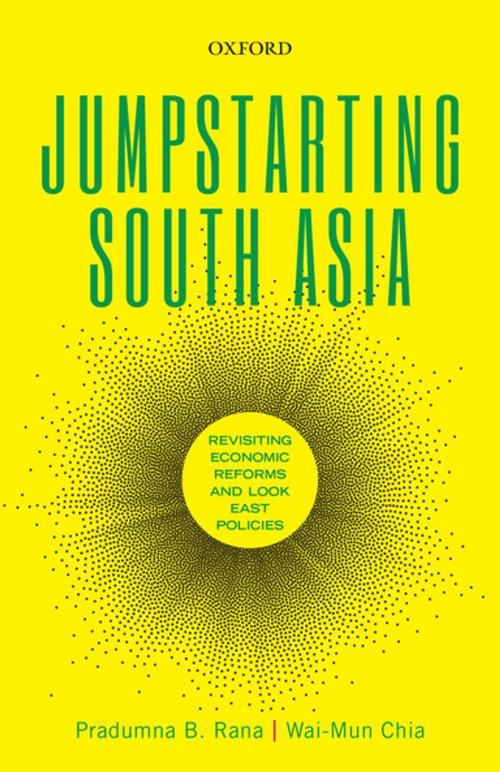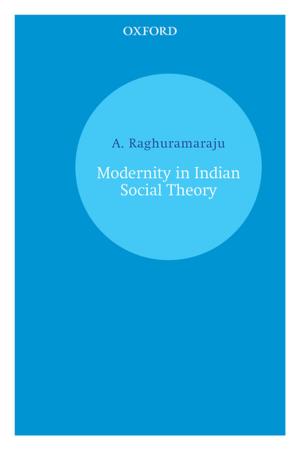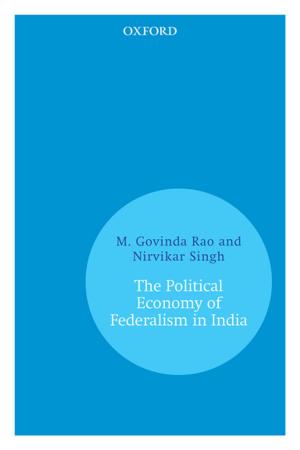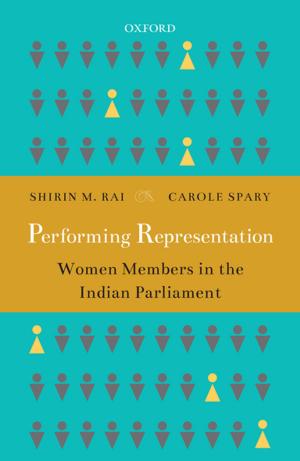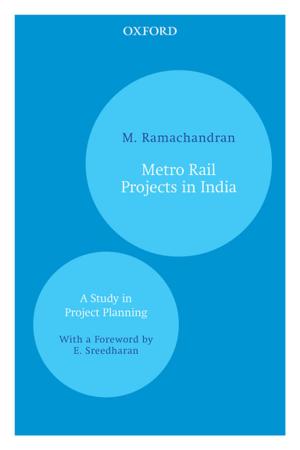Jumpstarting South Asia
Revisiting Economic Reforms and Look East Policies
Business & Finance, Economics, Economic Development, Nonfiction, Social & Cultural Studies, Political Science| Author: | Pradumna B. Rana, Wai-Mun Chia | ISBN: | 9780199091669 |
| Publisher: | OUP India | Publication: | December 28, 2017 |
| Imprint: | OUP India | Language: | English |
| Author: | Pradumna B. Rana, Wai-Mun Chia |
| ISBN: | 9780199091669 |
| Publisher: | OUP India |
| Publication: | December 28, 2017 |
| Imprint: | OUP India |
| Language: | English |
Jumpstarting South Asia focuses on the slowing pace of economic growth and makes the case for a two-pronged strategy to jumpstart South Asian economies. South Asian countries should complete the economic reform process that they had begun in the 1980s and the early 1990s and implement the more microeconomic reforms, namely, the sectoral, and governance and institutional reforms to enhance competition and improve the operation of markets. They should also implement the second round of ‘Look East’ policies or LEP2 to link themselves to production networks in East Asia, their fastest-growing market, and develop production networks in manufacturing and services within their region. This book argues that the proposed strategy will lead to a win-win situation for all countries in South Asia and East Asia, and also reinvigorate economic integration within South Asia. The book identifies the remaining policy agenda for each South Asian country.
Jumpstarting South Asia focuses on the slowing pace of economic growth and makes the case for a two-pronged strategy to jumpstart South Asian economies. South Asian countries should complete the economic reform process that they had begun in the 1980s and the early 1990s and implement the more microeconomic reforms, namely, the sectoral, and governance and institutional reforms to enhance competition and improve the operation of markets. They should also implement the second round of ‘Look East’ policies or LEP2 to link themselves to production networks in East Asia, their fastest-growing market, and develop production networks in manufacturing and services within their region. This book argues that the proposed strategy will lead to a win-win situation for all countries in South Asia and East Asia, and also reinvigorate economic integration within South Asia. The book identifies the remaining policy agenda for each South Asian country.
